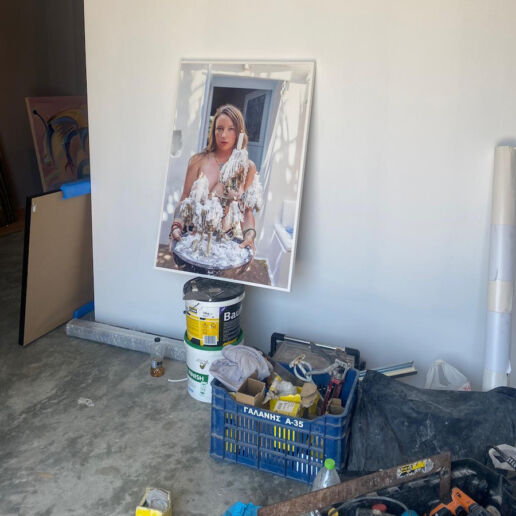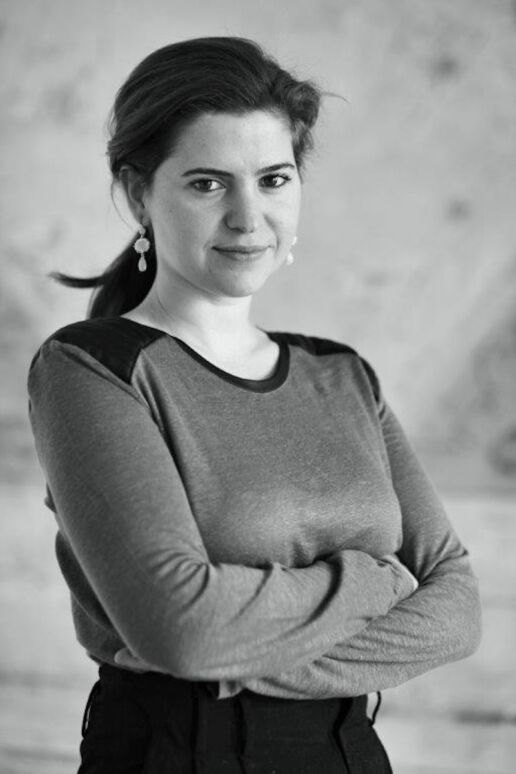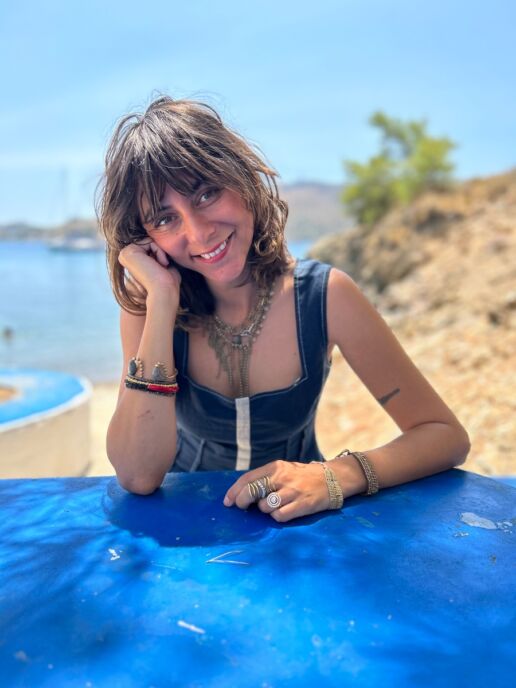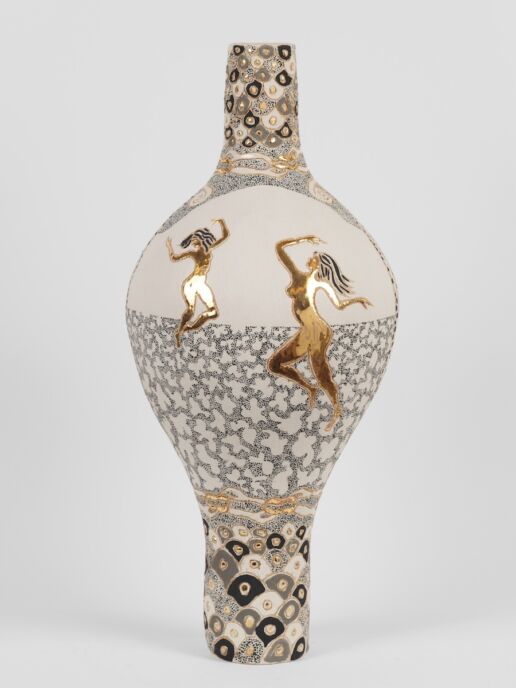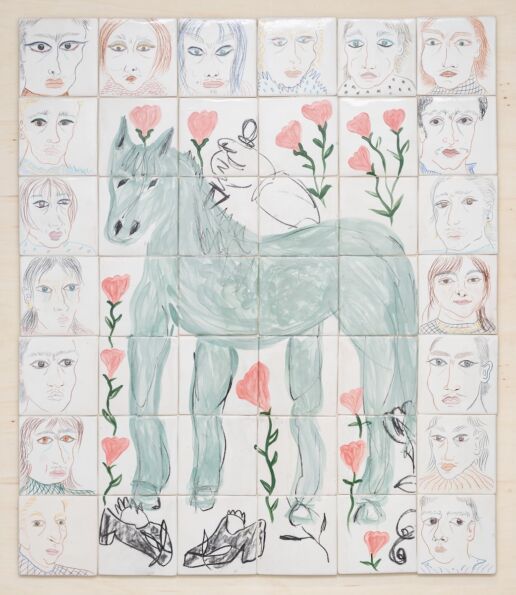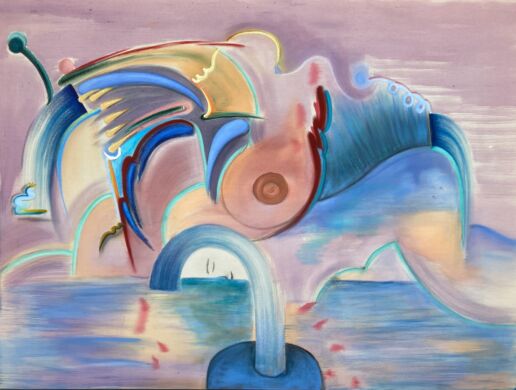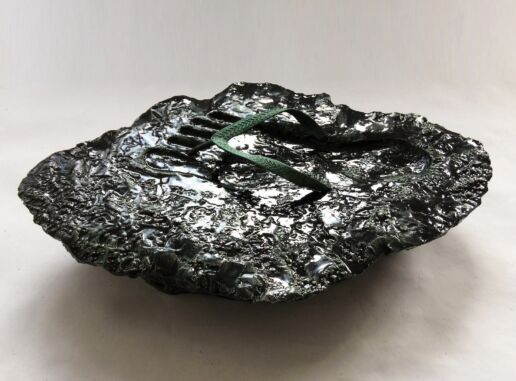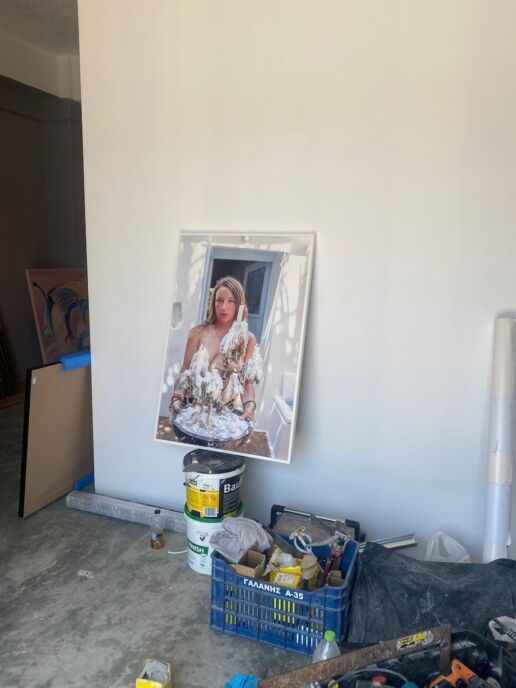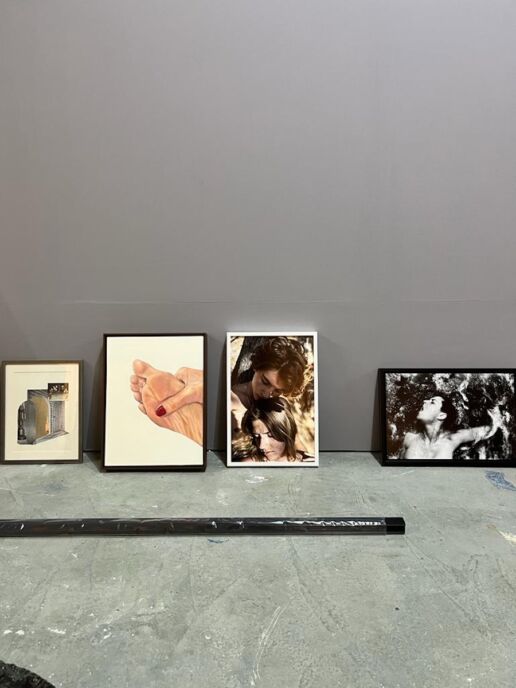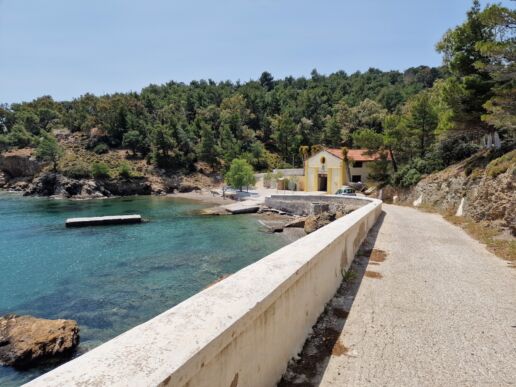An experiment on time on the Island of Leros: ‘Time is a child!’
Galerist and Perasma are hosting the group exhibition “Time is a child” on the Island of Leros between 9 and 30 July.
Galerist and Perasma are hosting the group exhibition “Time is a child” on the Island of Leros between 9 and 30 July. Inspired by a saying attributed to Heraclitus “Time is a child playing draughts by the sea”, the exhibition brings together works by artists who reflect on the ceaseless possibilities inherent to the concept of time. The exhibition takes place at the Leros Maritime Club in Kouluki Bay in Lakki, a building that was originally built as a mine depot by the Italian Navy in the 1930s. I met up with Galerist and Perasma directors Doris Benhaleuga Karako and Burcu Fikretoğlu before the eagerly awaited ‘Time is a child’ exhibition.
Paper: How did you decide to organize an exhibition on the island of Leros?
Doris Benhalegua Karako: That is to do with the past of Leros and the lifestyle on the island today. When you look beyond its reputation as a tourist destination, there is a lot of history. The concept of time is at the essence of the exhibition. Another factor was its close proximity to Turkey despite being quite isolated from the world. The childlike, careless flow of time led us to sync ourselves with the rhythm of Leros. The selection of the work to appear at the exhibition happened naturally as we developed our dialogue with the artists and got to know the island.
P: How do you feel about this collaboration between Galerist and your art platform Perasma?
Burcu Fikretoğlu: This is not the first collaboration between Galerist and Perasma. We have a common approach to art and culture and a good dynamic when working together. These factors played an important role in developing this exhibition. We believe that collaborations have become much more valuable than individual endeavors, and our collaboration has been very valuable for us in this sense.
P: The timelessness of the images is emphasized with inspiration from the poem “Ode on a Grecian Urn” by John Keats. Can you mention a few examples of how selected works were integrated with timelessness?
BF: Time is an objective reality, but beyond that, it is a concept that is heavily influenced by history and geography. There is a seasonally changing flow in Leros which have both volatile and permanent effects. In his famous poem, Keats refers to moments in time painted on a ceramic vase thousands of years ago. The figures in these frozen moments are there in all their beauty, youth, and vitality. Even though time has passed, they are there every time we stare at them, despite all the changes and all the endings that have occurred since. This poem reflects on the possibilities of becoming timeless through thoughts, writing, and art. The works in the exhibition also came together with a focus on the various ways of experiencing time as much as the flow of psychological, geographical, and official history.


